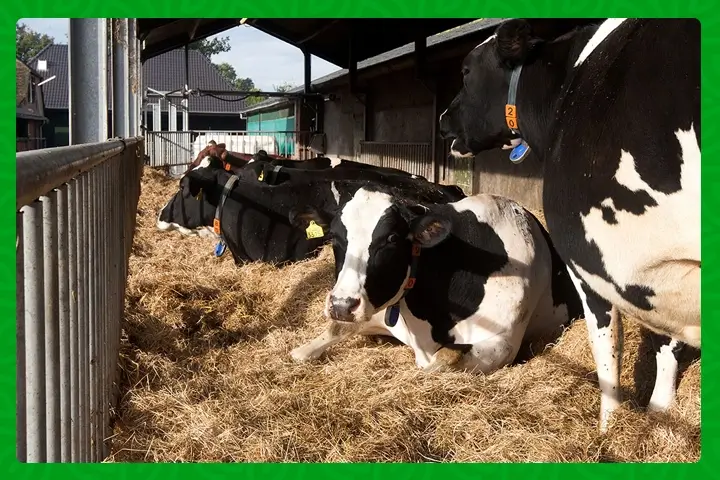
As a dedicated livestock farmer in the Northern Territory, your commitment to the well-being of your herd is unparalleled. However, in the pursuit of ensuring their health and vitality, there’s a silent threat that demands your attention – Urea Poisoning. This accidental toxicity, resulting in cattle deaths, is more common than you might think. But fear not, as this comprehensive guide is your armor against this unseen adversary.
Understanding Urea and its Role in Cattle Nutrition
Urea, an integral component of many feed supplements, serves as a vital source of non-protein nitrogen (NPN). When consumed, it undergoes a transformation into ammonia in the rumen, facilitating the synthesis of protein by rumen microflora. This protein then becomes a nutritional boon for your cattle through the processes of digestion and absorption.
However, a delicate balance exists. Should the consumption of urea surpass the rate at which rumen organisms metabolize it, excess ammonia can be absorbed into the blood, leading to urea poisoning. This can occur rapidly, with signs of nervous system dysfunction, bloat, and sudden death manifesting within minutes to four hours after consumption.
Identifying the Culprits: Causes and Signs of Urea Poisoning
Understanding the causes is the first step towards prevention. Urea poisoning can be triggered by various factors, including greedy feeders, sudden introduction to high urea quantities, irregular consumption, and the use of wet supplements containing urea. Vigilance is crucial, especially in cases where urea separates out from the supplement after transport.
Recognizing the signs of urea poisoning is equally vital. Look out for twitching of ears and facial muscles, grinding teeth, frothy salivation, bloat, abdominal pain, frequent urination, rapid breathing, weakness, staggering, violent struggling, bellowing, and terminal spasms. Dead cattle near the source of urea supplement are a common occurrence in cases of poisoning.
Diagnosing Urea Poisoning: A Farmer’s Toolkit
While history and clinical signs play a pivotal role in diagnosing urea poisoning, it’s essential to be aware of recommended feeding quantities. Factors such as the availability of other feed, cattle’s familiarity with urea, and their diet influence tolerance levels. Laboratory testing, although challenging in field situations, involves measuring blood ammonia in live, sick animals. Aqueous humor, fluid collected from the eyeball of a recently deceased, affected animal, serves as a valuable diagnostic sample.
Treatment and Best Practices: Navigating the Prevention Landscape
Treatment for urea poisoning is rarely effective, making prevention the farmer’s best strategy. Best practices include gradually introducing urea in supplements, ensuring daily access to supplement after commencement, preventing over-consumption using salt, and feeding supplements under a roof to prevent them from getting wet.
In case of urea poisoning suspicions, consider the differential diagnoses, ruling out lead poisoning, salt poisoning, liver failure, polioencephalomalacia, and exotic or emergency animal diseases.
Your Livestock’s Guardian Against Urea Poisoning
Your role as a livestock farmer is not just about tending to the immediate needs of your herd; it’s about safeguarding their future. This guide equips you with the knowledge to protect your cattle from the insidious threat of urea poisoning. By understanding the causes, signs, and preventative measures, you’re not just a farmer; you’re a guardian, ensuring the prosperity and well-being of your livestock.
Stay updated with the latest farming tips and agriculture industry news from Africa by subscribing to our newsletter. Don’t miss out on valuable insights and updates. Follow us on Twitter, LinkedIn, and Facebook to join our farming community and stay connected with us.



















